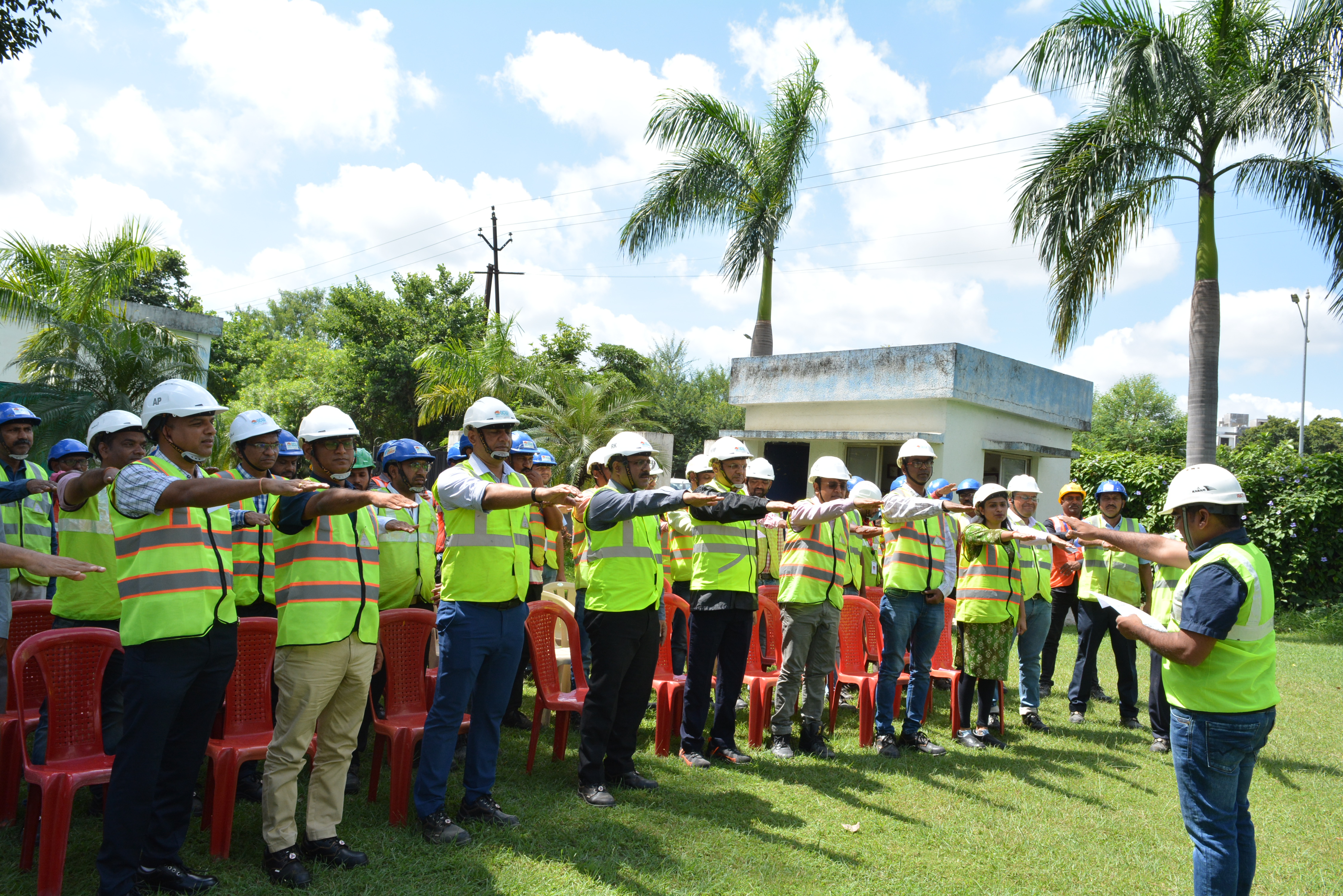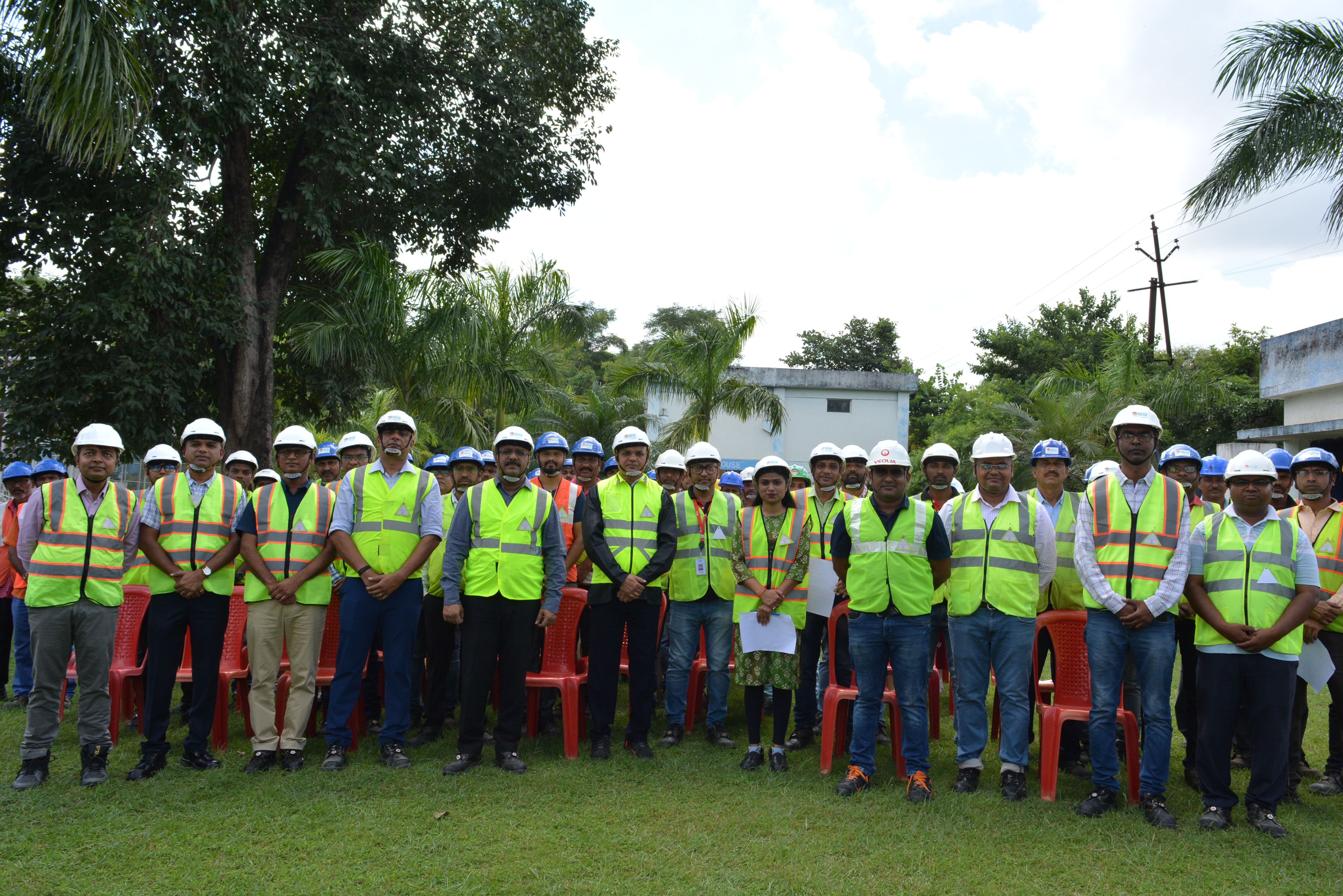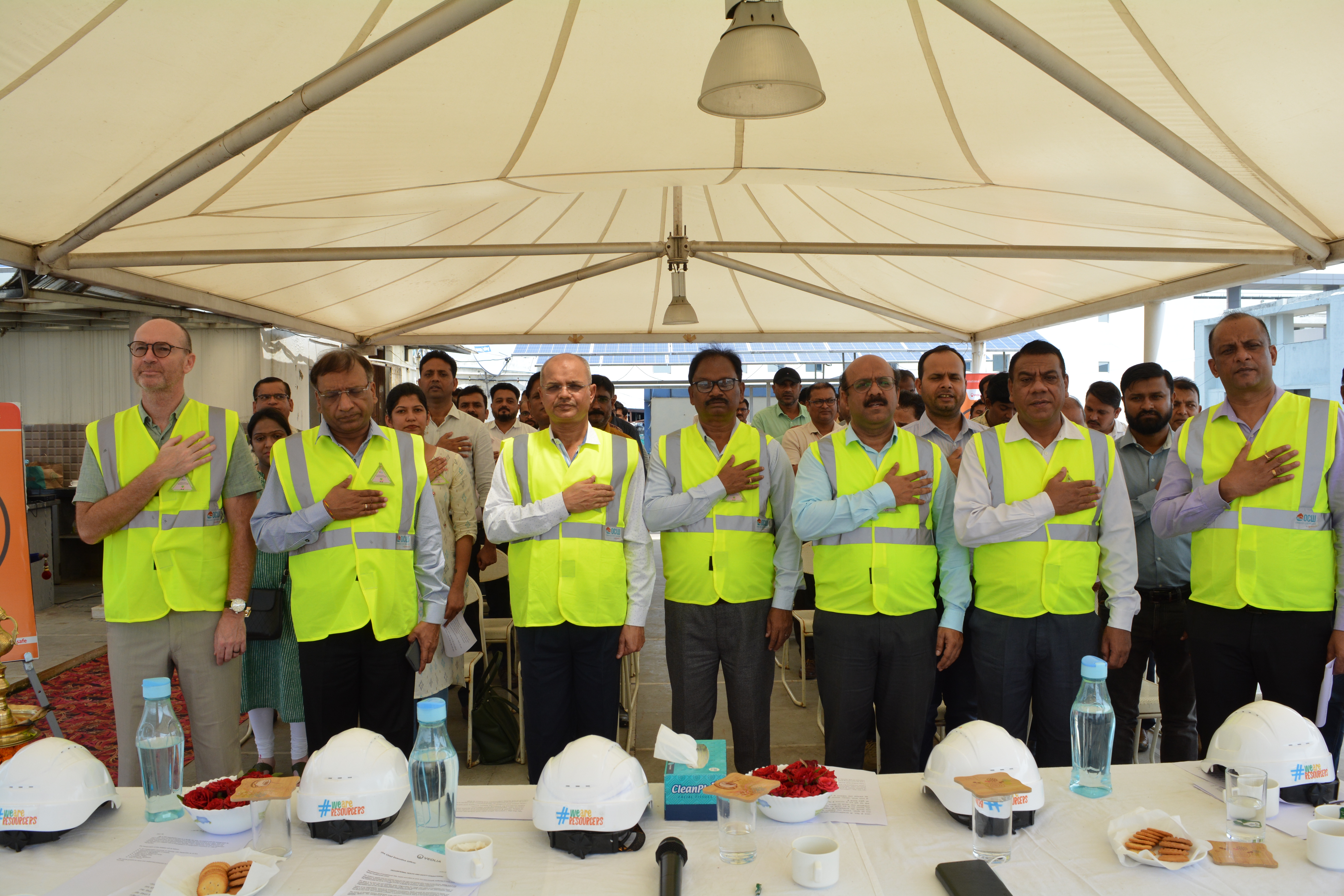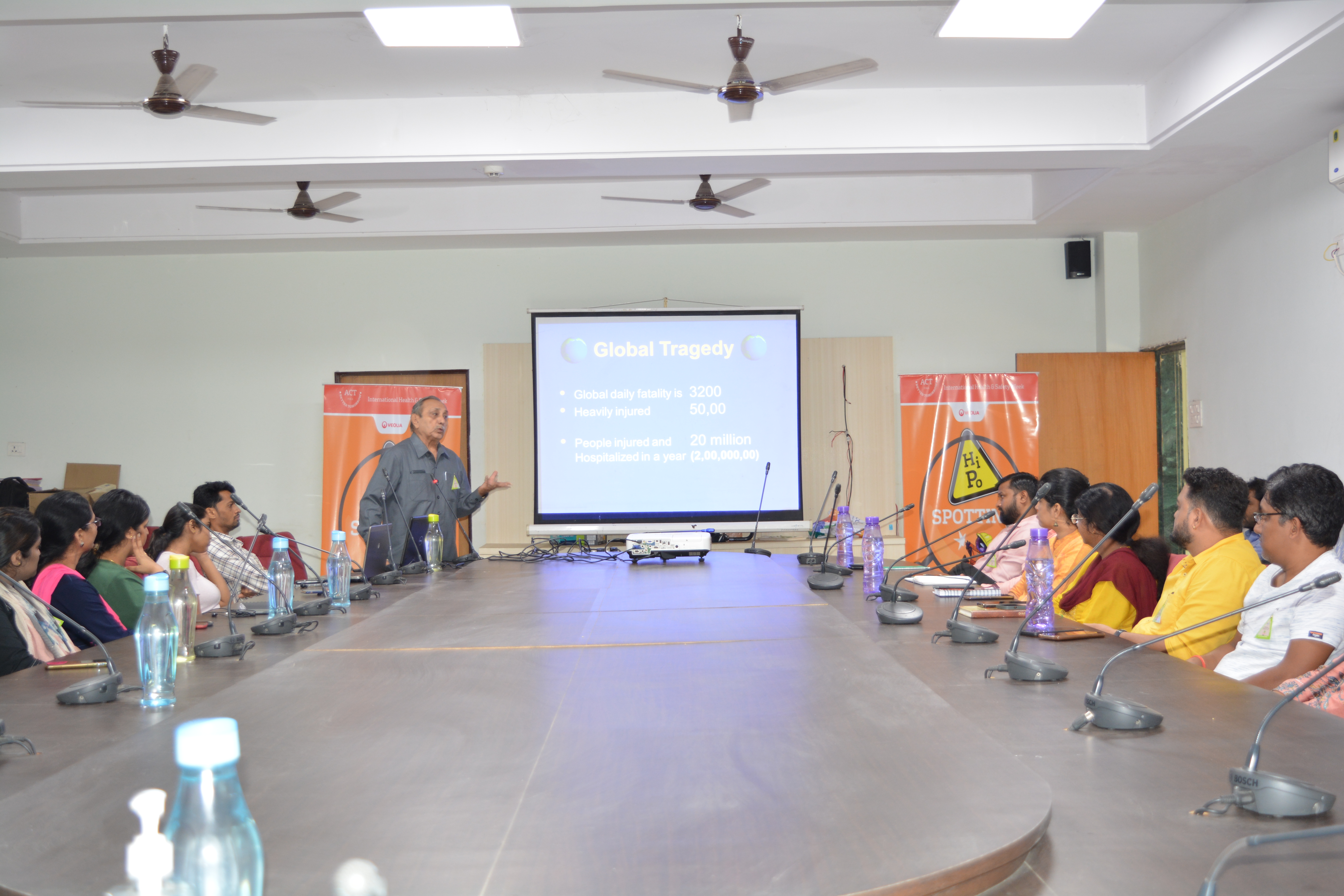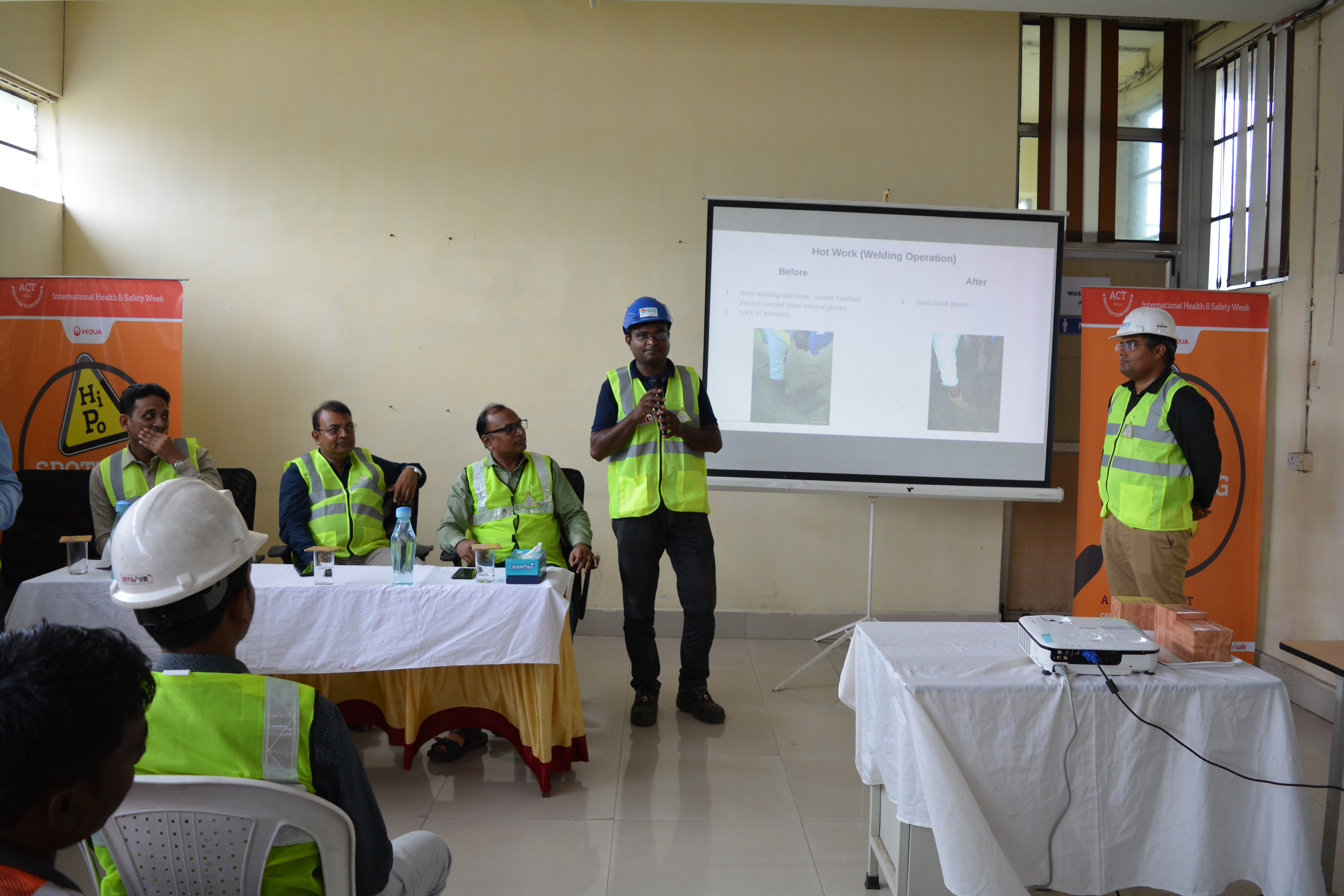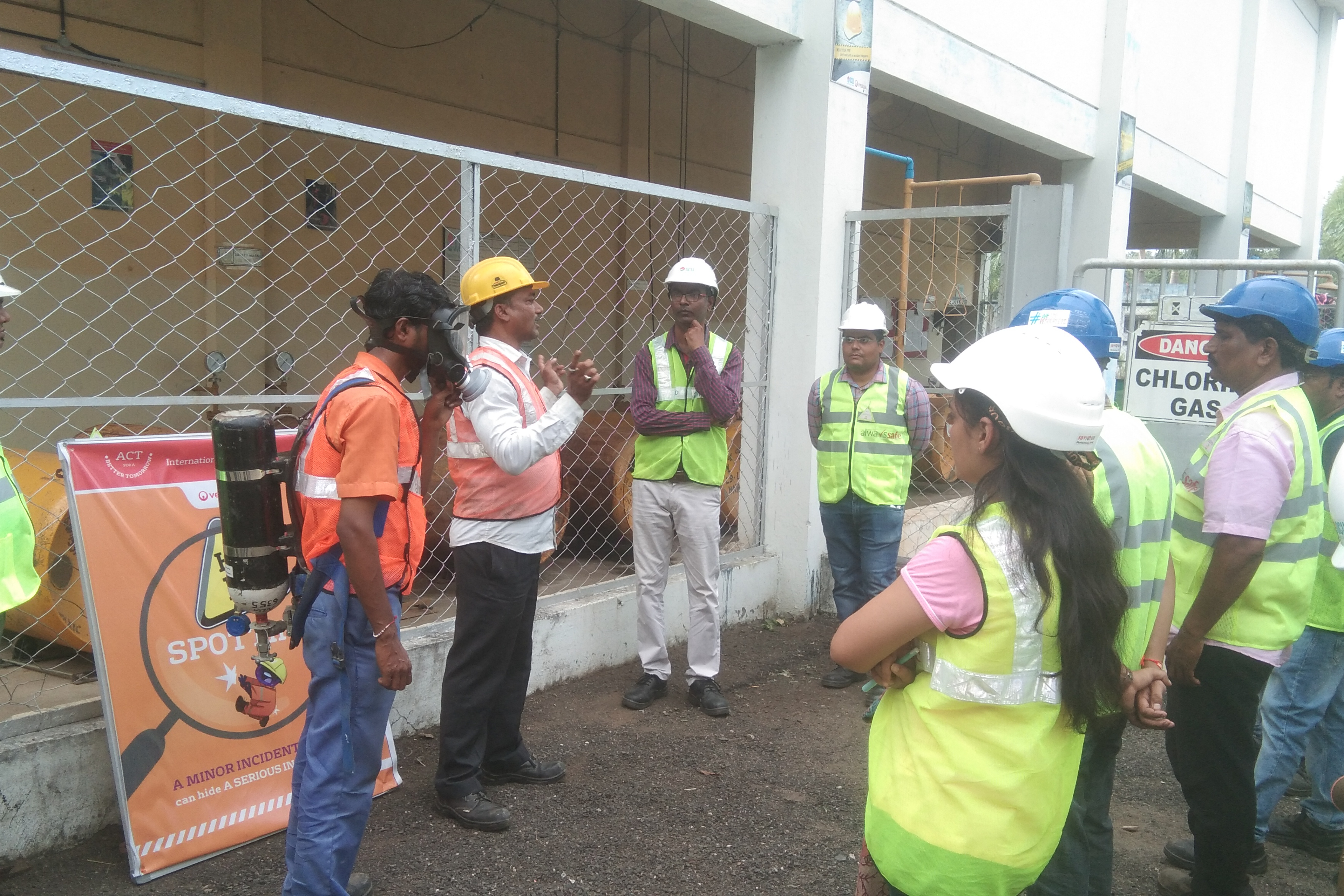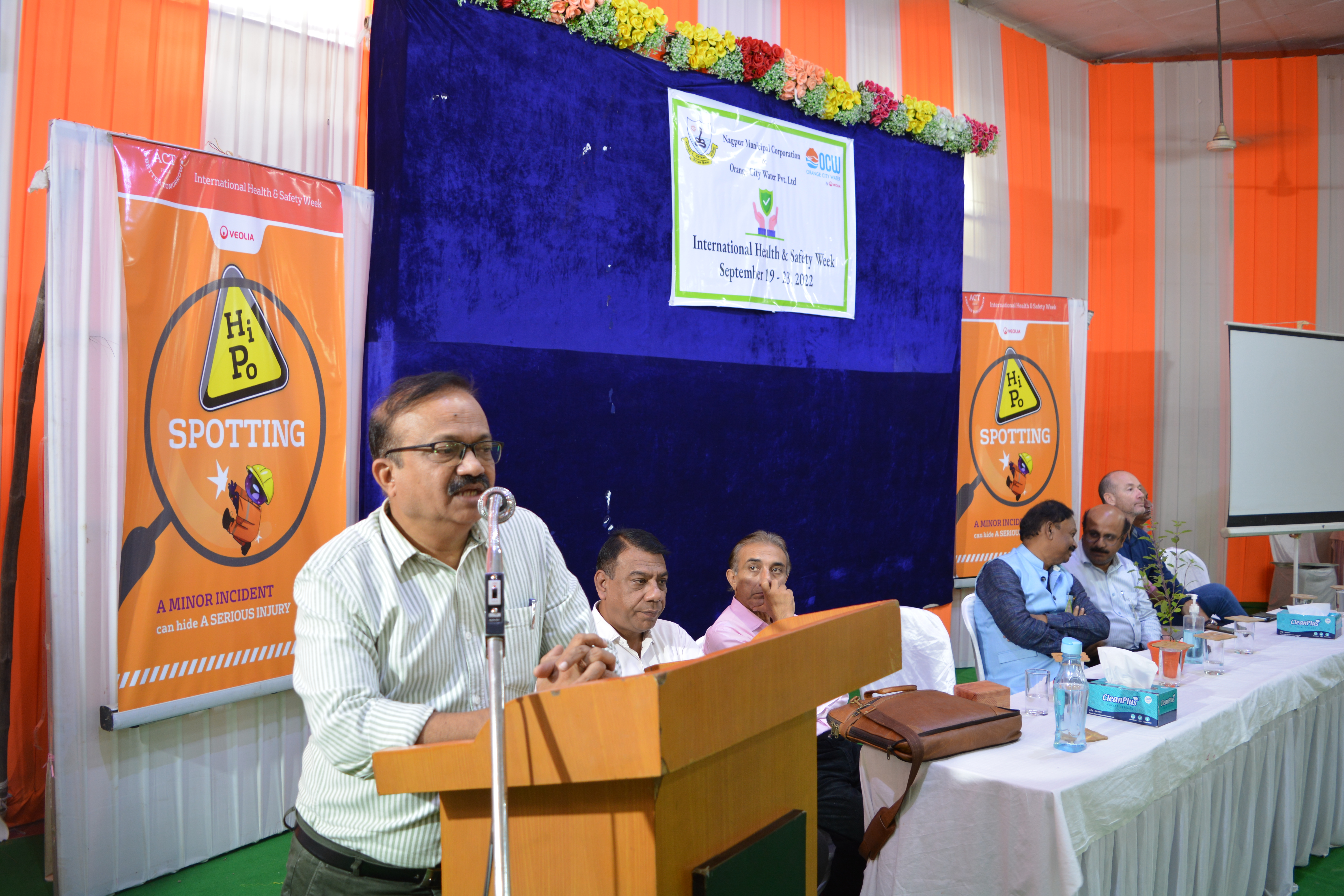At Orange City Water, the health and safety of our employees, customers, community, and environment are our top priorities. We are committed to maintaining a safe working environment and ensuring the well-being of all individuals associated with our operations. As part of our dedication to health and safety, we adhere to stringent guidelines and protocols set forth by regulatory bodies. Our team undergoes regular training sessions & organises Health & Safety week every year to stay updated on the latest safety practices and procedures. We encourage everyone to stay informed and take necessary precautions to protect themselves and others. We aim to create a safer environment for all.

